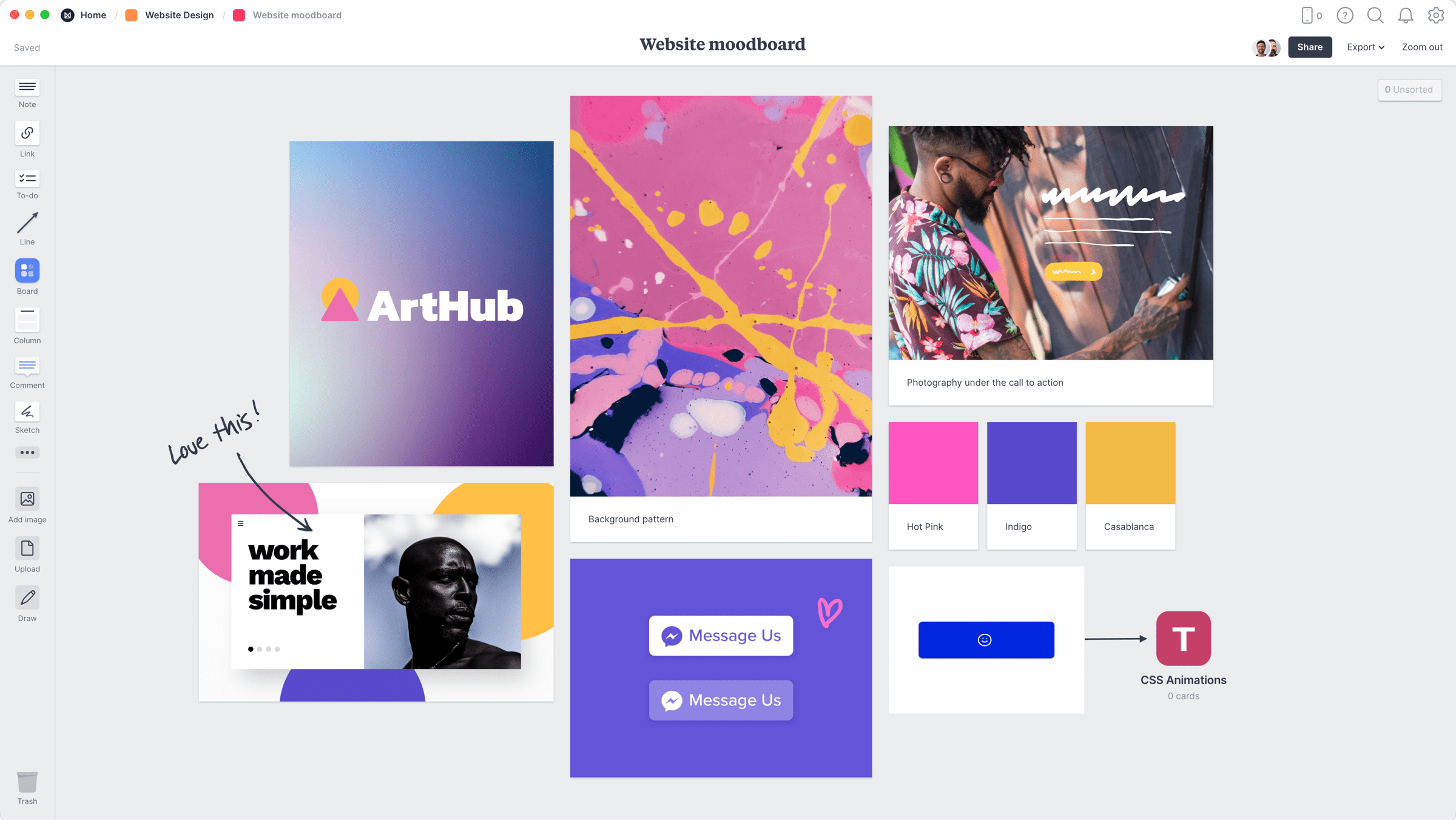Change Your Brand with Cutting-Edge Website Design Methods
Change Your Brand with Cutting-Edge Website Design Methods
Blog Article
Understanding the Role of Responsive Layout in Modern Web Site Development
In today's digital landscape, responsive style is no much longer a deluxe but a necessity in web site growth. The value of responsive design extends beyond individual experience-- it is additionally a critical element in search engine optimization and ease of access.
Importance of Responsive Design
In today's electronic landscape, the value of responsive design in web site advancement can not be overemphasized. As customers progressively depend on a selection of tools-- varying from desktop computer computer systems to smart devices and tablet computers-- making sure a smooth individual experience across all platforms has become important. Responsive design allows websites to instantly readjust their design and performance based on the screen dimension and alignment of the gadget being utilized. This adaptability enhances customer involvement and contentment by supplying constant access to material without calling for hands-on changes such as zooming or scrolling.
Furthermore, receptive style is essential for seo (SEO) Online search engine like Google focus on mobile-friendly websites in their search engine result, implying that a receptive style can significantly affect a site's exposure and ranking. This optimization not just improves the individual experience but likewise drives natural web traffic and raises the capacity for conversion and revenue generation.
Additionally, responsive style offers services a cost-efficient service by removing the need for several variations of a site. By enhancing internet development procedures and lowering upkeep initiatives, companies can designate sources more effectively, inevitably leading to improved roi. Hence, responsive style is crucial in today's competitive digital setting.
Trick Elements of Responsive Design
To successfully apply receptive design, it is important to concentrate on a number of vital elements that ensure optimal performance and individual experience across varied devices. One of the fundamental components is the flexible grid format, which enables designers to produce fluid grids that automatically adapt to various display sizes. This ensures that material preserves proportionality and readability, no matter the device being made use of.

In addition, touch-friendly navigating is indispensable for responsive design. Executing easily tappable buttons and intuitive gesture controls enhances usability on touchscreen tools. Focusing on efficiency optimization is additionally critical, as it boosts packing times and minimizes bounce rates, especially on mobile networks with variable speed.
Lastly, using a mobile-first strategy makes certain that the style is at first optimized for smaller displays prior to broadening to fit desktops. This approach assures that important capability and aesthetics are protected across all platforms, eventually enhancing the total user experience.
Influence On User Interaction
Responsive layout substantially influences individual engagement by improving ease of access and satisfaction across numerous gadgets. By ensuring that a web site's layout adapts effortlessly to various screen dimensions, responsive style permits users to accessibility content effortlessly, whether they are making use of a tablet computer, mobile phone, or desktop computer . This adaptability minimizes the demand for unnecessary zooming or scrolling, offering a much more user-friendly and pleasurable browsing experience. Because of this, customers are more probable to remain on the website much longer, discover additional pages, and communicate with the material, all of which are crucial indications of raised engagement.
Moreover, receptive design adds to quicker web page filling times, which is critical for preserving individual rate of interest. Users are extra likely to abandon a website if it takes also long to load, specifically on mobile Related Site gadgets. By optimizing efficiency for diverse platforms, receptive style minimizes loading hold-ups, keeping users involved and decreasing bounce rates.
Search Engine Optimization Advantages of Responsive Layout
While enhancing individual experience is a main objective, responsive style additionally plays an essential function in boosting a website's search engine optimization (SEO) Responsive layout ensures that a site adapts to numerous display sizes, getting rid of the requirement for different mobile and desktop computer variations.
Additionally, responsive design help in faster web page loading times, an important variable in SEO. Search engines prefer sites that pack Visit Your URL rapidly, identifying that individuals are more probable to abandon sites that take too long to display. By employing responsive design, developers can improve and enhance images content, guaranteeing effective packing and improved online search engine rankings.
Additionally, a cohesive link framework throughout gadgets simplifies the indexing process for search engines, enhancing crawl performance. This harmony in URLs enhances a site's authority and reliability, resulting in improved presence in search results page. In summary, responsive design is not just a pattern but a fundamental part of search engine optimization technique, ensuring websites are both straightforward and online search engine compatible.
Implementing Receptive Design Strategies
In the realm of modern-day internet development, carrying out receptive design methods is comparable to crafting a versatile canvas that changes flawlessly to various screen measurements. Another important method involves utilizing media inquiries, which make it possible for developers to apply different styles based on the attributes of the tool, such as elevation, resolution, and size.
Receptive photos and media are also vital components. By using methods like CSS media inquiries and the HTML 'photo' aspect, programmers can offer try here properly sized pictures based on the individual's gadget, enhancing tons times and improving individual experience. Furthermore, the unification of liquid typography makes sure that message is readable and visually pleasing on any type of screen, accomplished through scalable units like 'rem' and 'em'.

Conclusion
Responsive style makes up a necessary element of modern web site advancement, dramatically boosting individual experience throughout a variety of devices. By integrating adaptable layouts, scalable photos, and touch-friendly navigating, it enhances customer involvement and enhances site performance. Additionally, responsive design is crucial for search engine optimization, as it straightens with internet search engine' choice for mobile-friendly sites, thereby increasing presence and natural web traffic. Ultimately, implementing receptive style strategies makes certain boosted availability and usability, providing web sites much more user-centric and reliable.
To properly execute receptive design, it is necessary to focus on a number of vital elements that make sure optimal performance and customer experience throughout diverse gadgets.Receptive design considerably affects user interaction by boosting accessibility and fulfillment throughout various devices. By guaranteeing that an internet site's layout adapts perfectly to different display dimensions, receptive layout allows users to gain access to web content easily, whether they are making use of a desktop computer, tablet computer, or smart device.While boosting customer experience is a main objective, responsive design also plays a vital duty in improving a web site's search engine optimization (SEARCH ENGINE OPTIMIZATION)Receptive layout makes up a vital facet of modern site growth, considerably enhancing customer experience throughout a range of devices.
Report this page